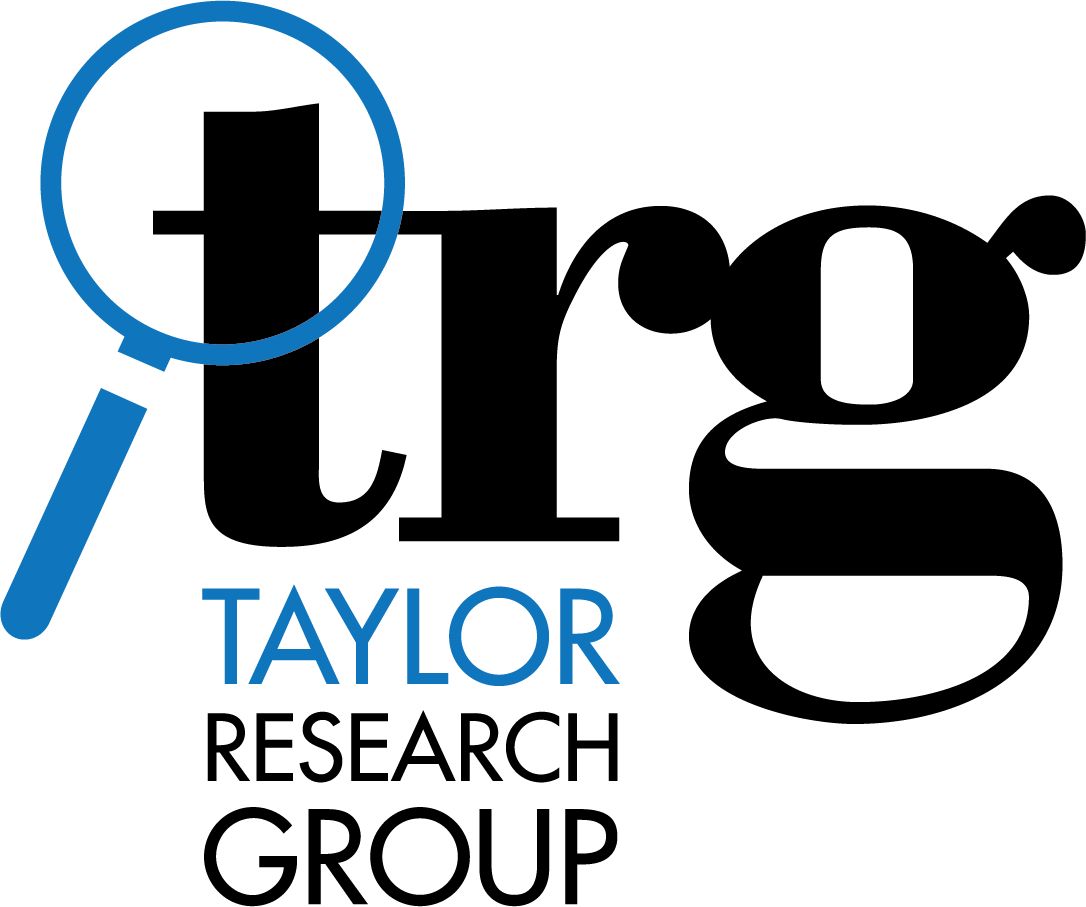Product liability litigation – particularly the prominent billion-dollar verdicts against a manufacturer of talc-based baby powder – has been making headlines lately.
The news that is still flying under the radar? The many archival repositories and libraries that hold the historical information you need to crack your product liability case. We have previously written about the important role that historical research can play in product liability litigation, but given our attendance at DRI’s product liability conference earlier this month, we wanted to provide some insight into the repositories we frequent and the valuable records we find there.
Questions related to how a product was historically manufactured, marketed, and regulated are often addressed within records in the public domain. We specialize in tracking down documentation for companies seeking to defend product liability claims or for law firms representing plaintiffs who have sustained injuries from particular products.
Our Washington, D.C. headquarters is in close proximity to federal repositories that serve as the jumping off point for conducting research related to product liability cases. One of the resources we frequently mine, for example, is the Smithsonian Institution’s extensive network of libraries and research centers. Their trade literature collection, which contains over 460,000 trade catalogs, technical manuals, and advertising brochures from over 36,000 American companies, has proven particularly valuable to our clients. By reviewing these trade materials, we are able to gain insight into the development and design of a product as well as the manufacturer in question. We may also be able to assess the standards of individual manufacturers against industry-wide production practices, or prove the existence – or lack thereof – of alternative designs. Our researchers can target trade literature from specific years of interest as well as trace how company specifications and industry standards evolved within a broader time frame.
Another essential repository for product liability research is the National Archives and Records Administration (NARA) at College Park, Maryland. This regional NARA branch holds extensive records of government agencies such as the U.S. Environmental Protection Agency (EPA) and the Consumer Product Safety Commission (CPSC) that have historically overseen environmental issues stemming from products that contain potentially harmful contaminants. Archived CPSC records include internal correspondence, data reports, consumer complaints, and manufacturers lists connected to the regulation of hazardous substances such as asbestos. Asbestos was historically used in dozens of household goods, from wood burning stoves to hair dryers, and has been at the center of product liability litigation for decades. EPA records also contain information related to a product’s alleged or proven impact on human health. These materials often provide crucial insight into a product’s historical makeup, and reveal the degree to which particular products were federally regulated.
Asbestos was commonly found in home heating devices such as chimneys, flues, and wood burning stoves. References to asbestos are absent in the above stove patent, but patents for similar stoves may indicate the presence of asbestos. Source: Wikimedia Commons
The Library of Congress (LC) provides access to standards and specifications, historical newspapers, and industry periodicals that can also answer key questions for our clients. Did a company provide adequate warnings to consumers? Did it market a product in a misleading manner? Did the product meet the standards of the time? What were industry “best practices” during the era of interest? Similarly, filings held by the U.S. Patent and Trademark Office may reveal the time frame in which the product was developed and whether or not the proposed manufacturing process incorporated any toxic substances.
Additional research can be conducted at state and local repositories, particularly for clients interested in a product’s marketing, distribution, and usage in a certain geographical area. At these levels, we may find relevant city government reports and newspaper articles, or perhaps an archival collection dedicated to the operations of a local company. In addition, we have found records of industry associations, such as the American Gas Association or the American Petroleum Institute, to be quite useful for product liability cases. The record collections of such associations are located all over the country, from large university archives to small historical societies, and our researchers are well-versed in tracking down these materials.
Based on our clients’ product liability litigation needs – whether dealing with commercial or consumer products that may contain asbestos, talc powder, or other contaminant – we are able to target the appropriate repositories and create innovative, customized research plans to deliver the historical documentation needed to make or break a case.

